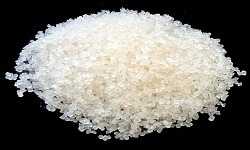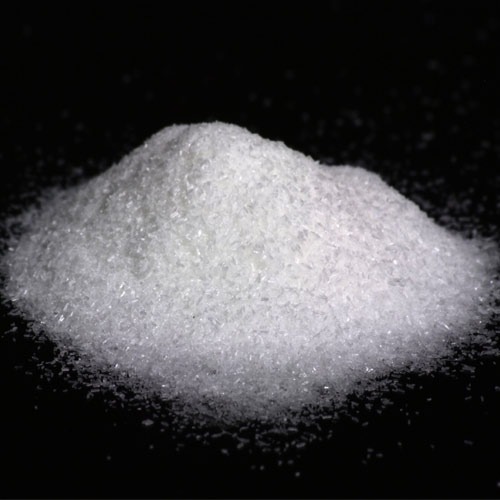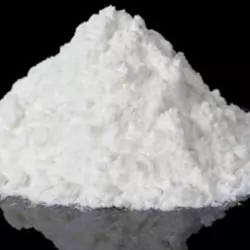Stearic Acid Rubber Grade Acid Value 196 Min
|
IUPAC Name |
: Octadecanoic acid |
|
Cas Number |
: 57-11-4 |
|
HS Code |
: 3823.11.00 |
|
Formula |
: C18H36O2 |
Basic Info
|
Appearance Name |
: White Beads/Flakes |
|
Common Names |
: Octadecanoic acid |
|
Packaging |
: 25 Kg Bag |






 English
English
 Indonesian
Indonesian
 简体字
简体字
 العربية
العربية
 Español
Español
 Français
Français
 Português
Português
 日本語
日本語
 한국어
한국어
 Tiếng Việt
Tiếng Việt
